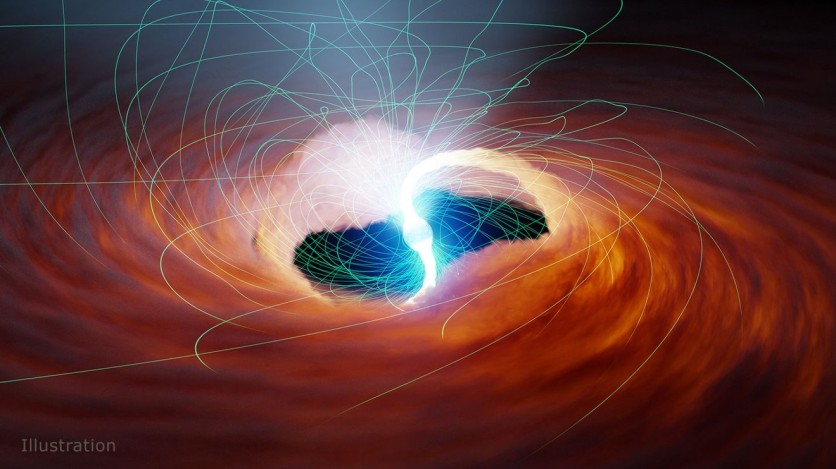NASA's NuSTAR X-ray telescope has captured a lawbreaking and mesmerizing celestial object that shines 10 million times brighter than the Sun.
Scientists have been left puzzled by a class of celestial entities called ultra-luminous X-ray sources (ULXs) as they defy the Eddington limit, which sets a cap on an object's maximum brightness relative to its mass.
These enigmatic ULXs have eluded comprehension, pushing the boundaries of scientific understanding.

First-ever Measurement of a ULX
The research team utilized NASA's Nuclear Spectroscopic Telescope Array (NuSTAR) to conduct the first-ever measurement of a ULX.
The recent findings validate the astonishing levels of brightness emitted by these mysterious light sources, firmly establishing their ability to defy the Eddington limit. One prevailing hypothesis attributes their extraordinary luminosity to the presence of formidable magnetic fields.
However, reproducing such intense magnetic fields in a controlled laboratory environment currently surpasses current technological capabilities, so scientists can only rely on observations to test this theory.
The breach of the Eddington limit occurs when the outward force exerted by photons overwhelms the gravitational attraction of a cosmic object.
This phenomenon arises when a ULX emits an exceptionally high intensity of light per unit area, causing the photons to triumph over the object's gravitational pull and repel any matter approaching it, according to NASA.
Previously, ULXs were thought to be black holes surrounded by luminous gas. NuSTAR's 2014 findings revealed that M82 X-2, a ULX, is actually a neutron star. Neutron stars form from collapsed stars, compressing the mass of our Sun into a space smaller than a mid-size city.
Neutron stars possess an incomprehensible density, creating a gravitational force exceeding Earth's by about 100 trillion times.
As the matter is pulled toward the neutron star, it accelerates to incredible speeds, colliding with the surface and generating an unprecedented release of energy. This process produces the high-energy X-ray emissions detected by NuSTAR.
Exceeding Earth's Mass
The recent study revisited the ULX M82 X-2, revealing its annual acquisition of a staggering 9 billion trillion tons of material from a neighboring star, exceeding Earth's mass. Calculations aligned with measurements, confirming M82 X-2 surpasses the Eddington limit.
Confirming the brightness of more ULXs could disprove a hypothesis explaining their brightness without exceeding the Eddington limit. This hypothesis suggests that concentrated emissions in a hollow cone create an optical illusion of brightness when directed toward Earth.
Alternatively, the study supports a hypothesis of strong magnetic fields distorting atoms into elongated shapes, reducing photon push and increasing maximum brightness.
"These observations let us see the effects of these incredibly strong magnetic fields that we could never reproduce on Earth with current technology," Matteo Bachetti, an astrophysicist from the National Institute of Astrophysics' Cagliari Observatory in Italy and the lead author of the study, said in a statement.
"This is the beauty of astronomy. Observing the sky, we expand our ability to investigate how the universe works. On the other hand, we cannot really set up experiments to get quick answers; we have to wait for the universe to show us its secrets."
The study was conducted and published in The Astrophysical Journal.





![Most Useful Google Chrome Keyboard Shortcuts You Need to Know to Improve Your Browsing Experience [2024]](https://d.techtimes.com/en/full/449047/most-useful-google-chrome-keyboard-shortcuts-you-need-know-improve-your-browsing-experience-2024.jpg?w=184&h=103&f=476d29fd60df70a67f6679f99a2ca6d0)